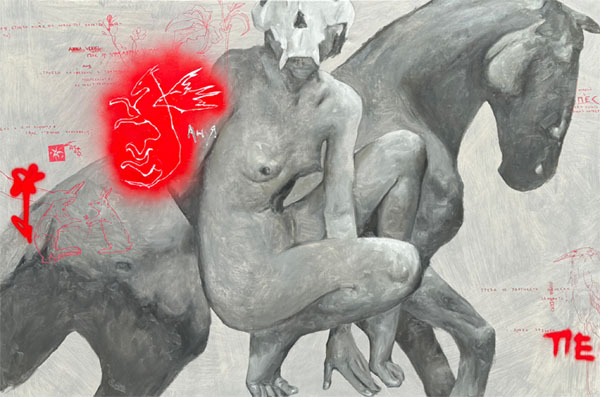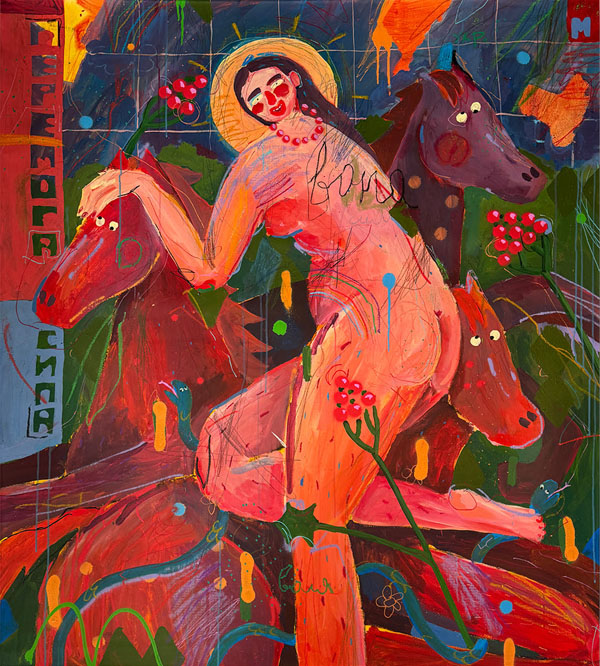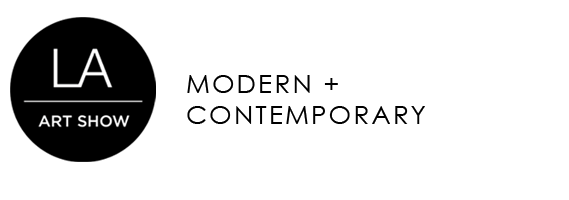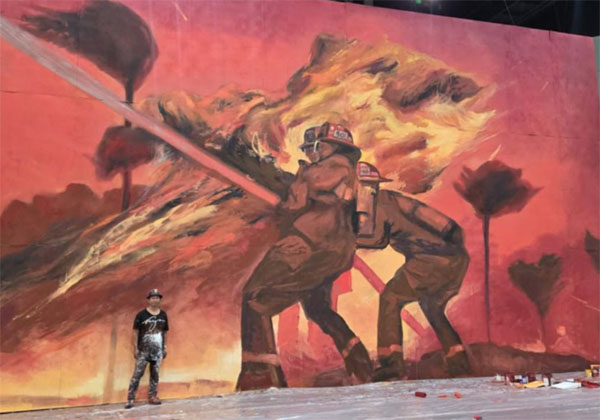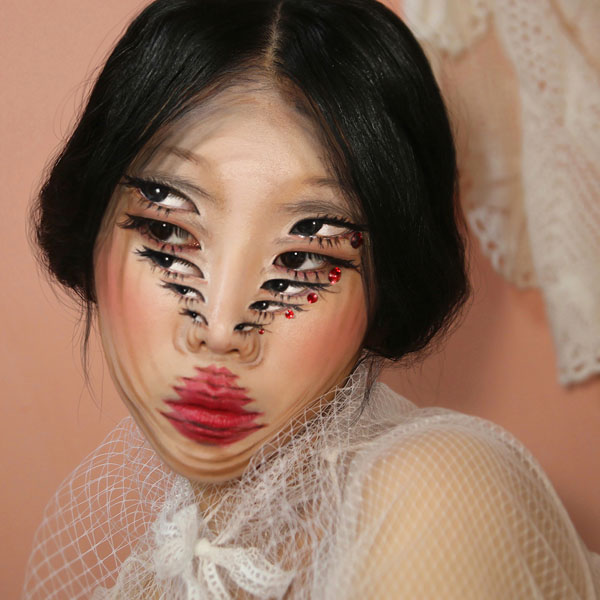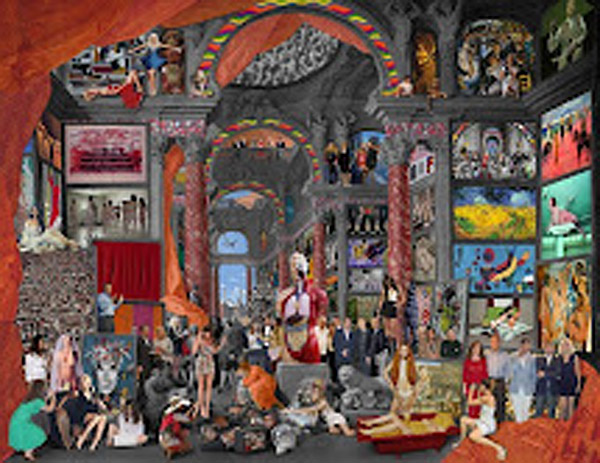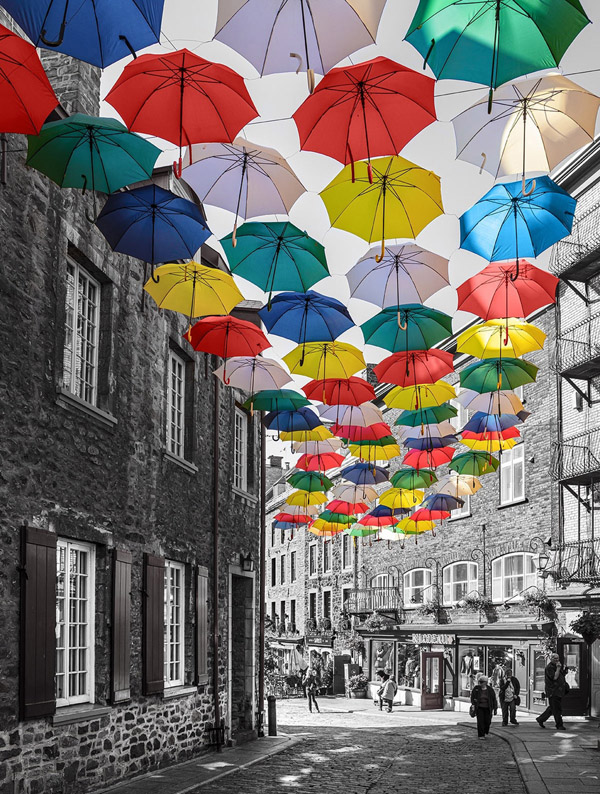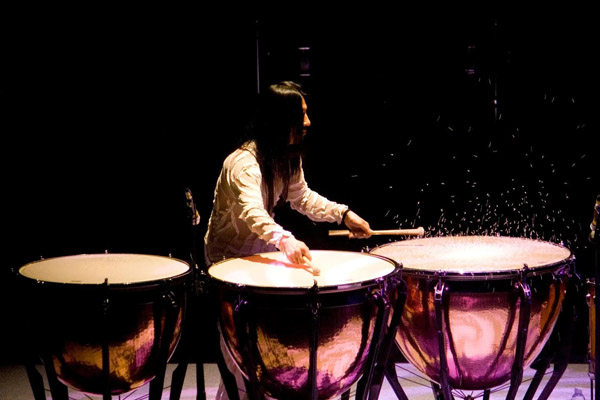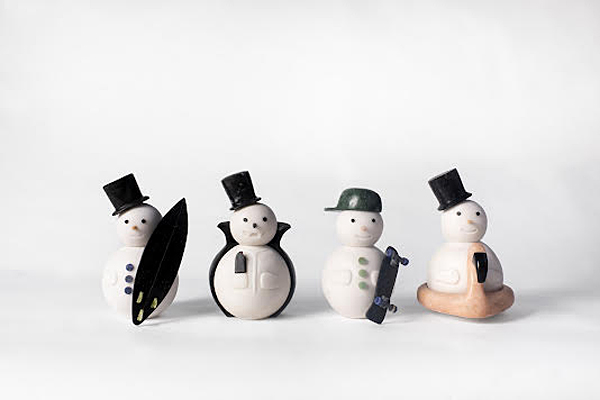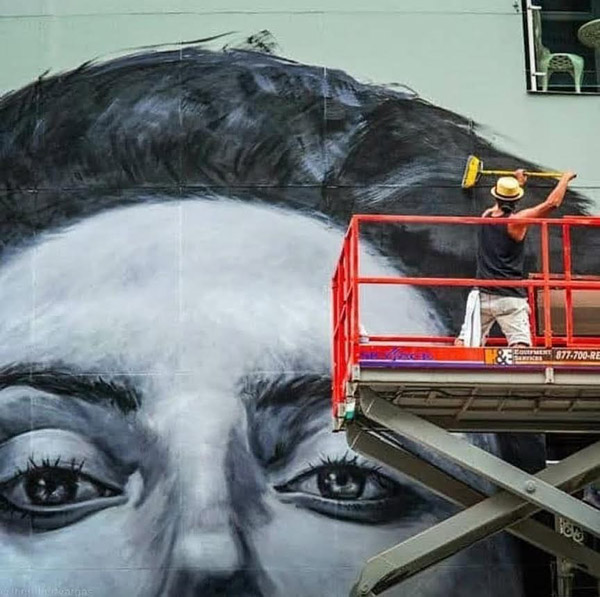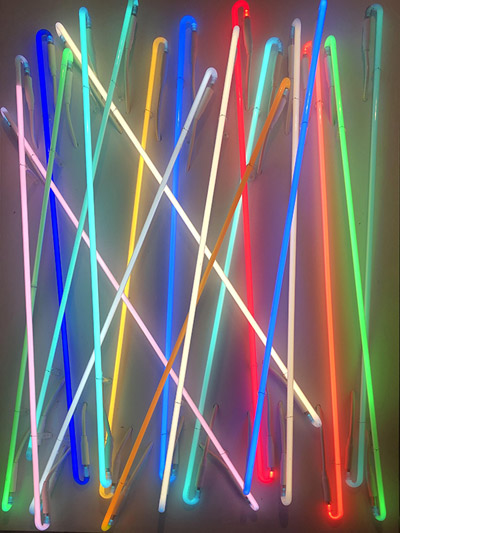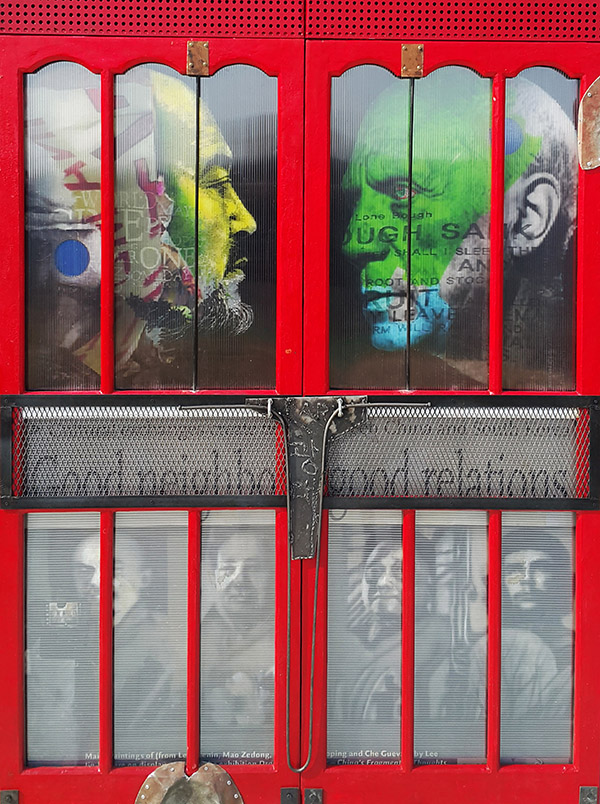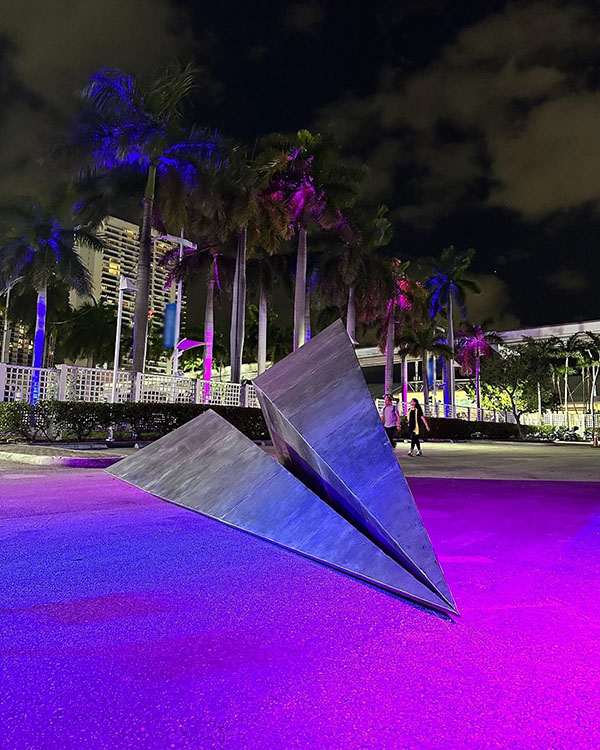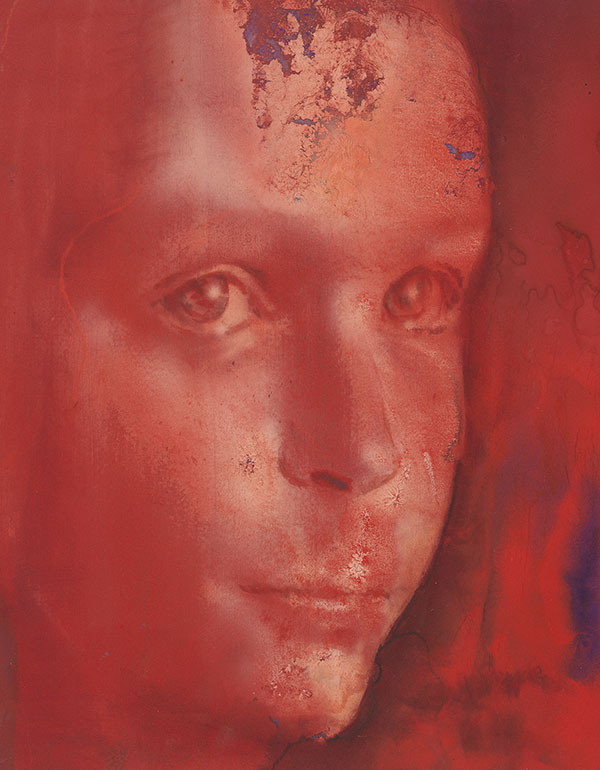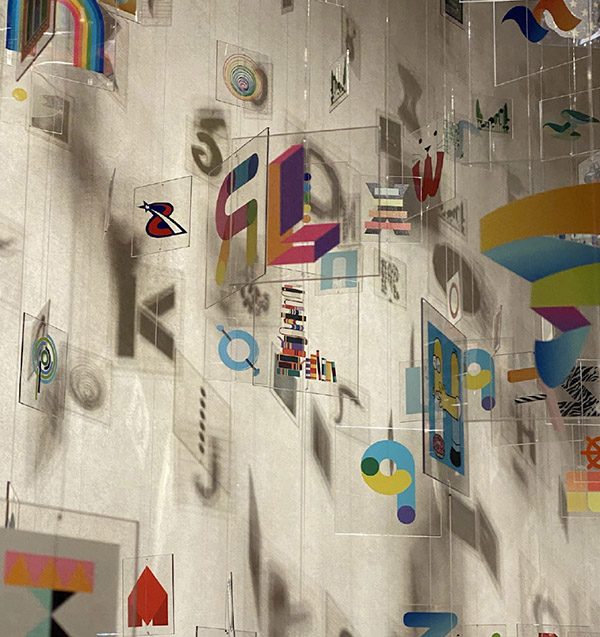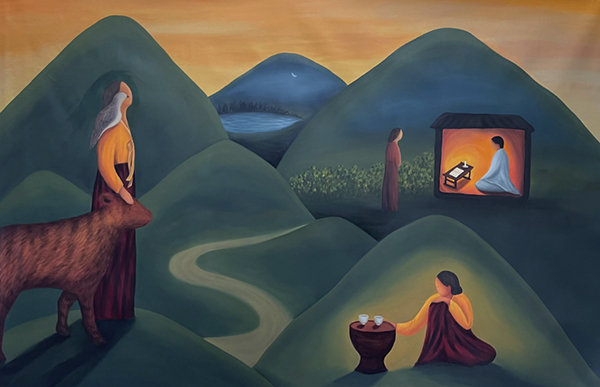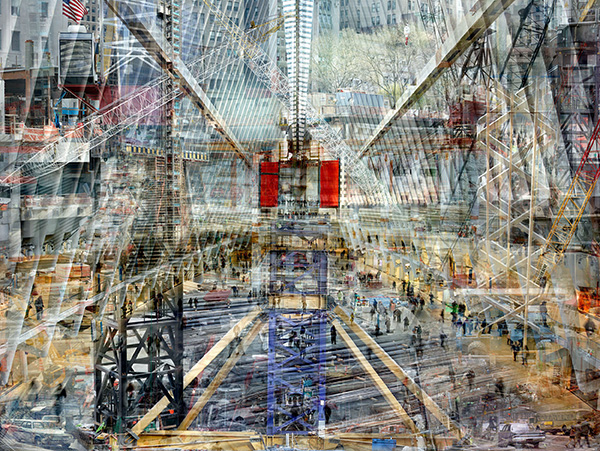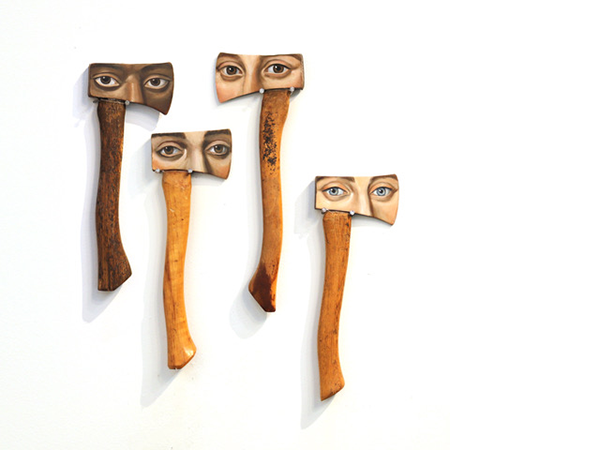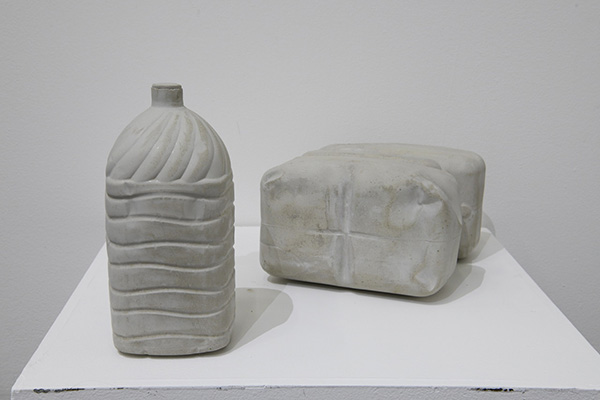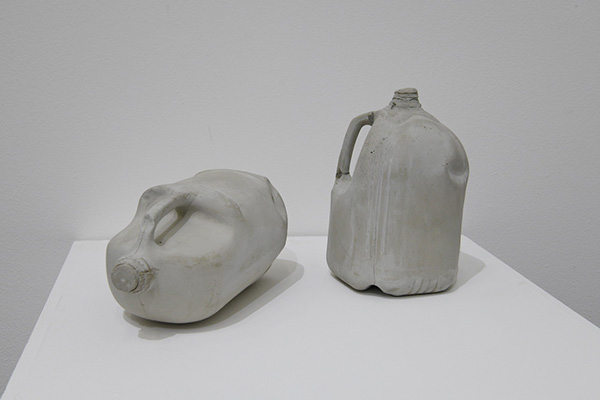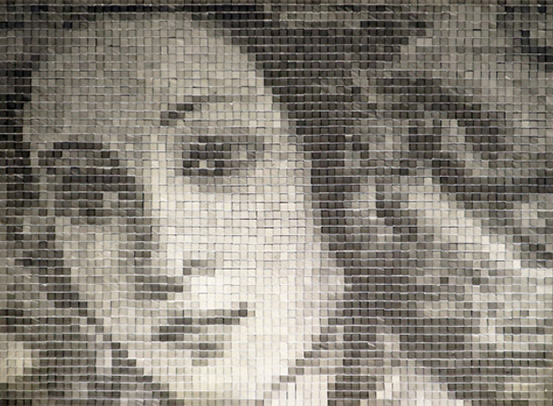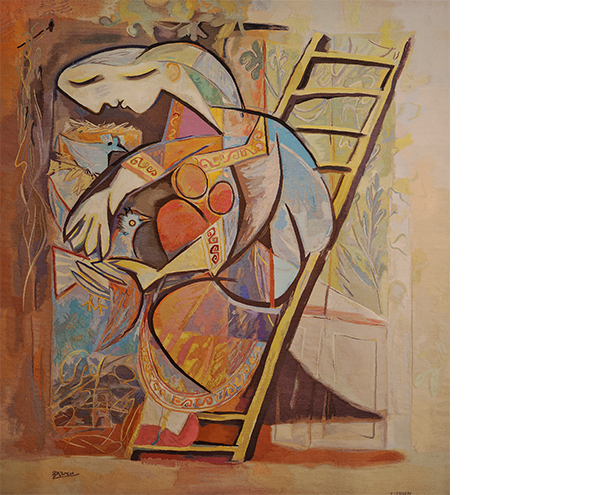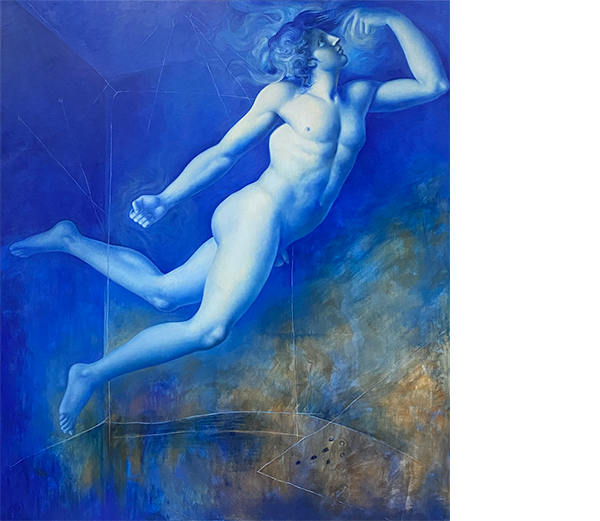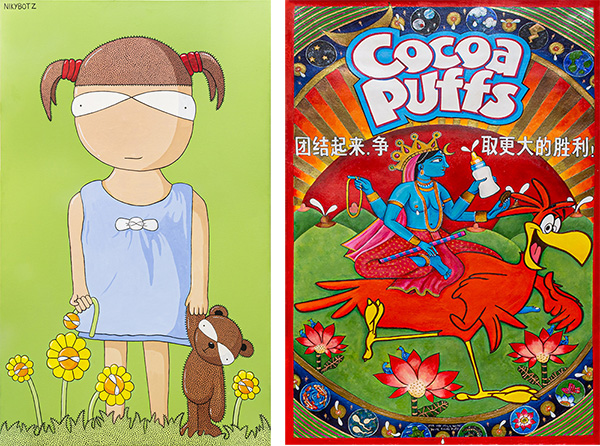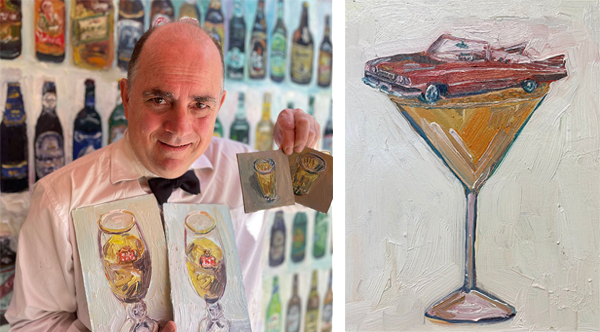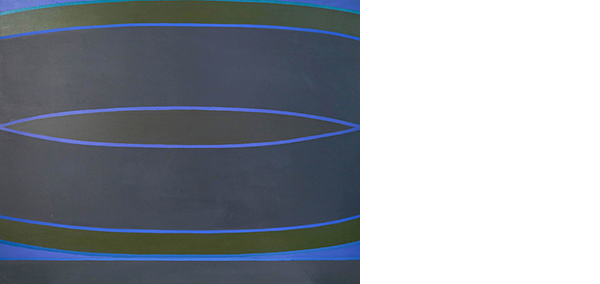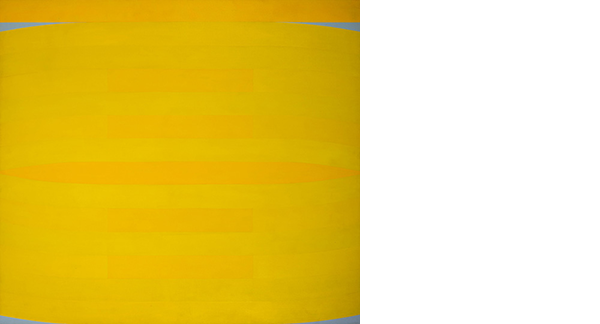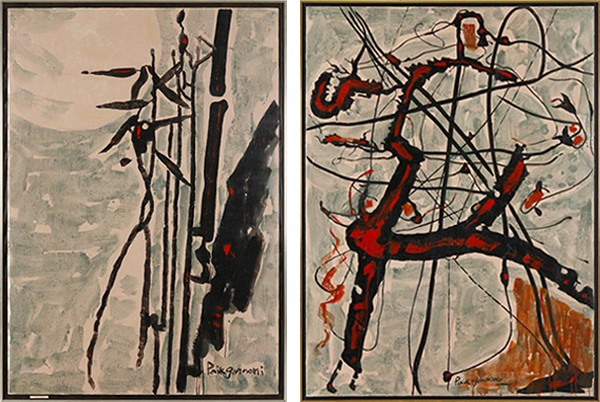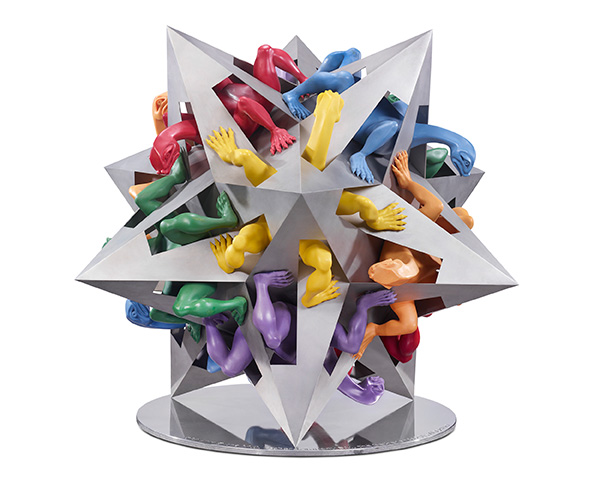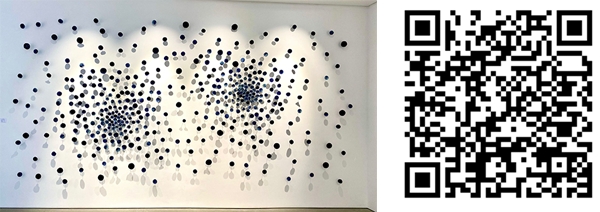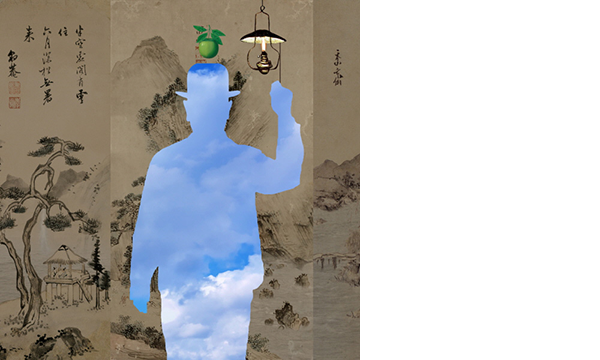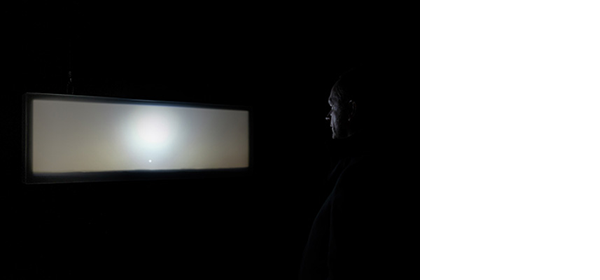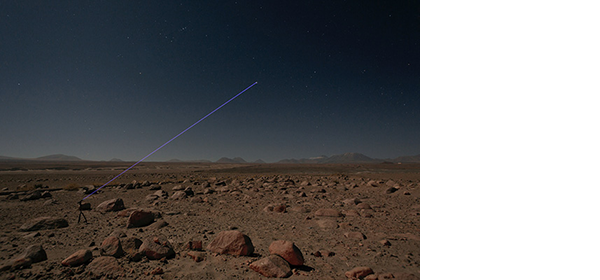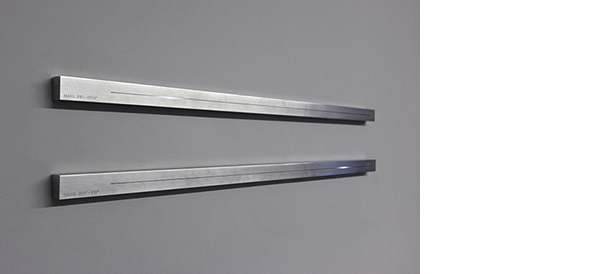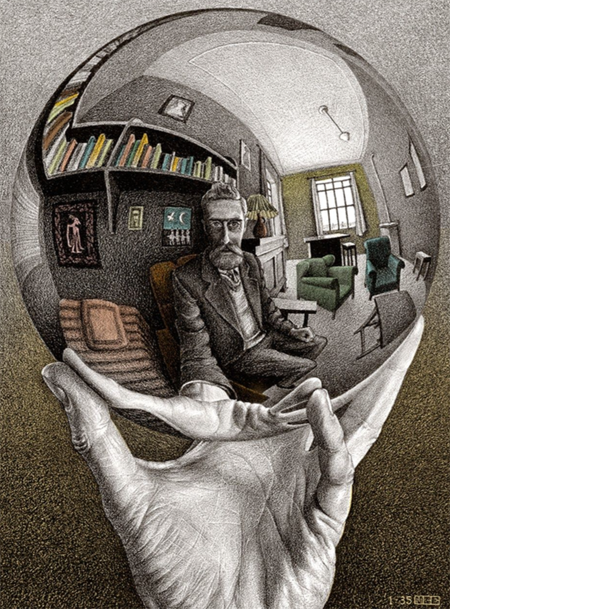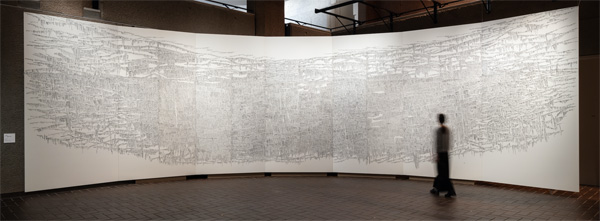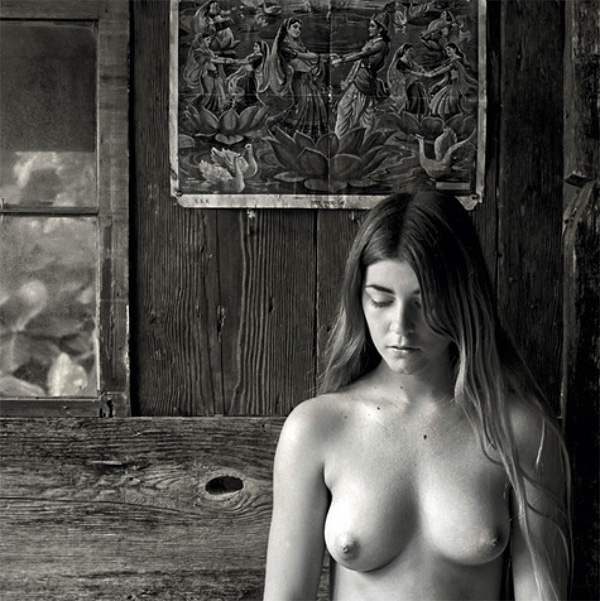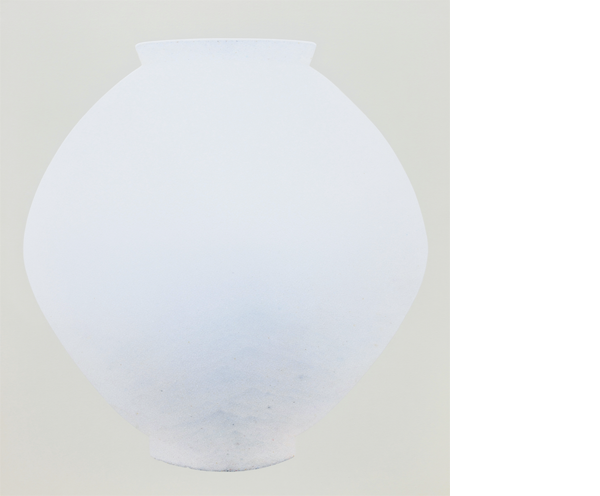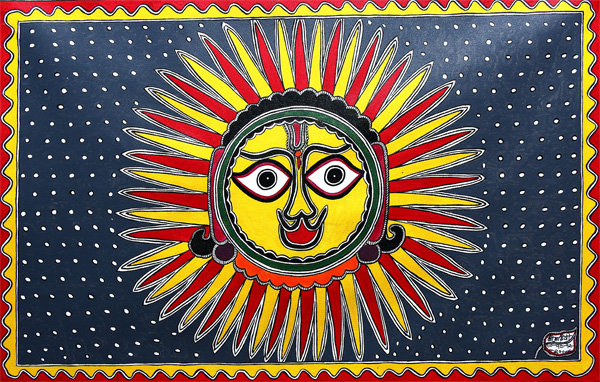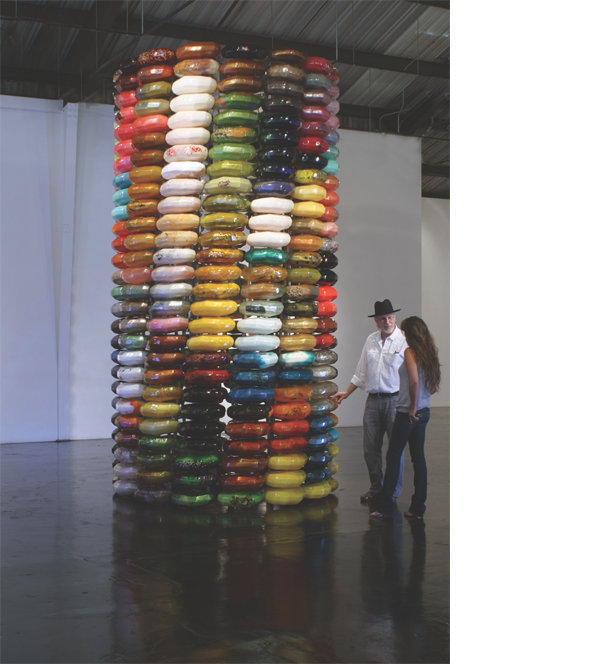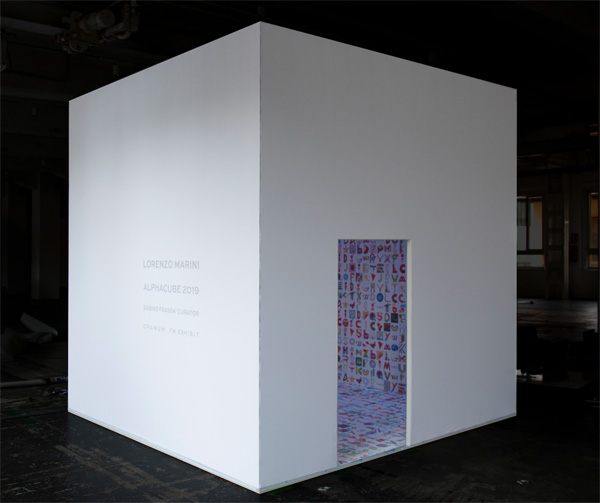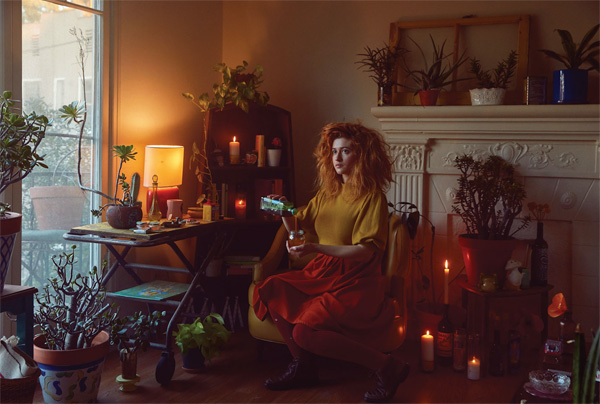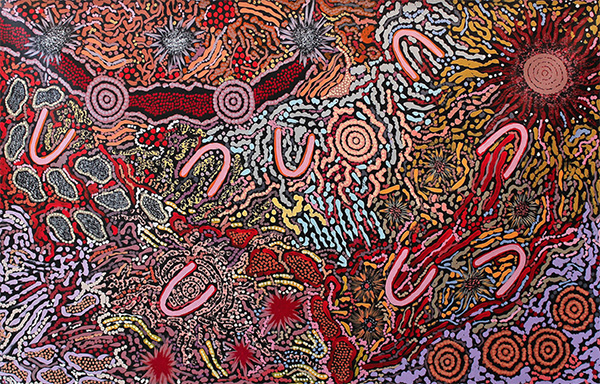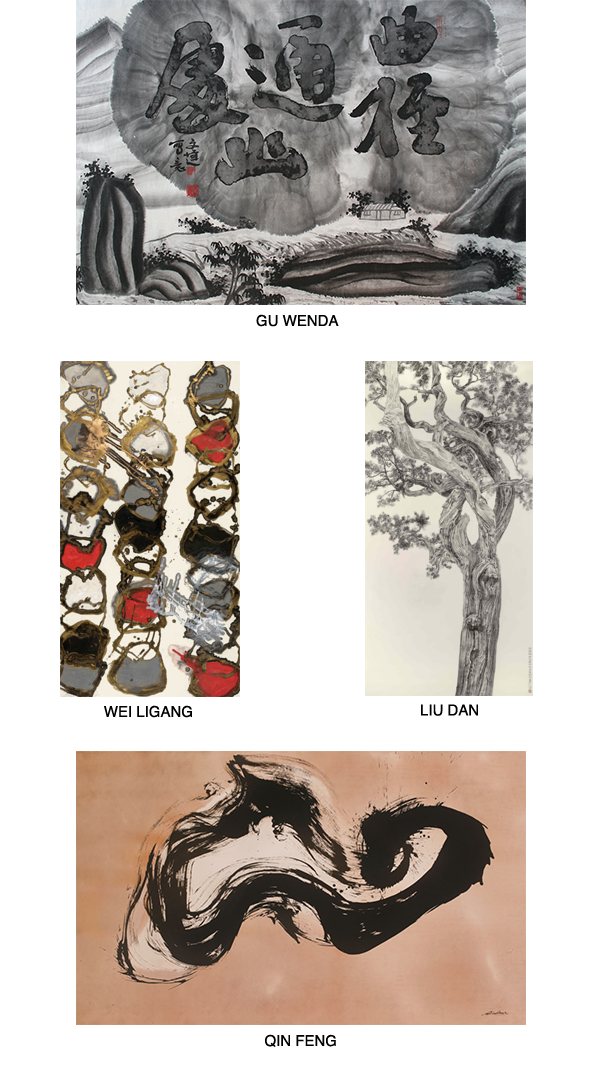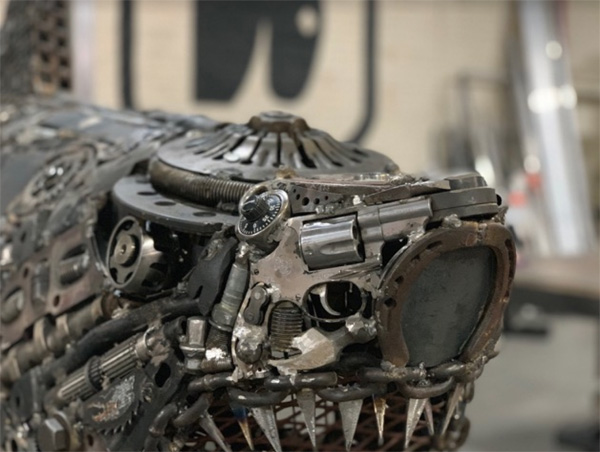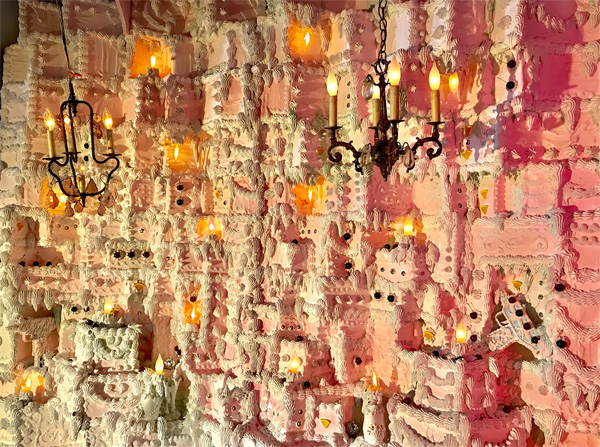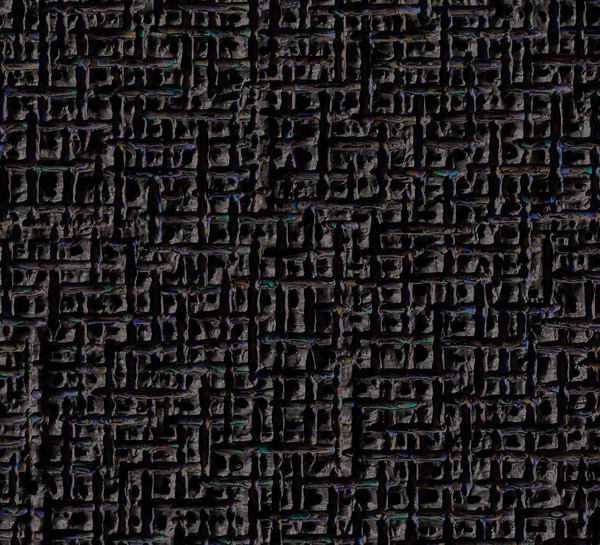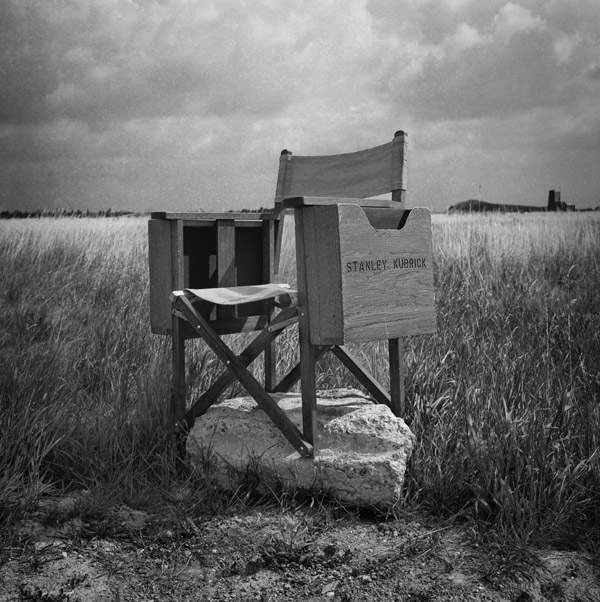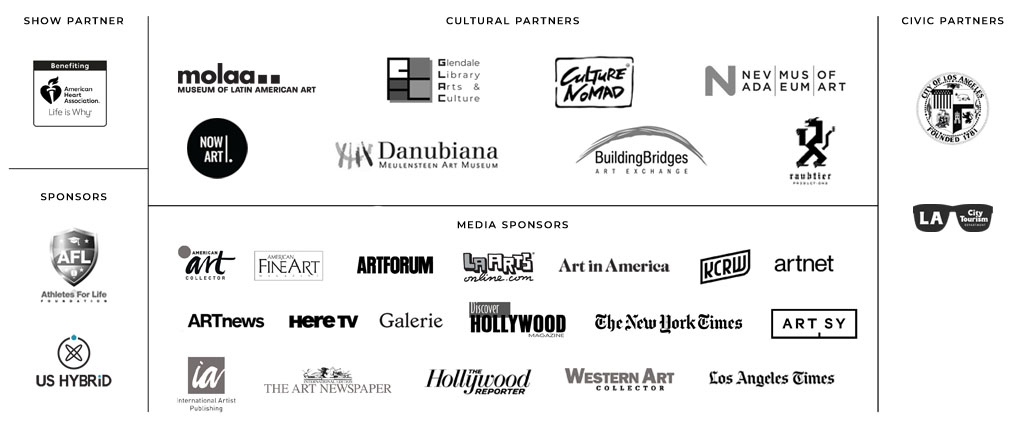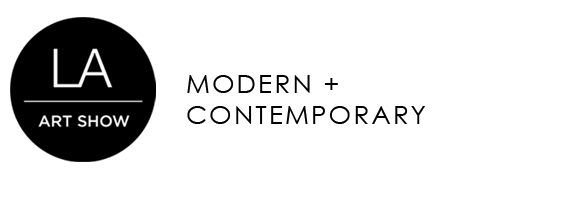2026 details will be announced in December
2025
Steel Che (Youngkwan Choi)
Presented by Art In Dongsan
Booth 302
Art in Dongsan, established in 2018 with galleries in Seoul and Goyang, presents the metalwork of Steel Che (Youngkwan Choi). This exhibition highlights Che’s sculptural works, which repurpose industrial materials into artistic forms.
Youngkwan Choi, known professionally as Steel Che, has been creating metal sculptures for over three decades. His work, deeply influenced by his background in art education and his family’s connection to the steel industry, bridges the gap between traditional craftsmanship and contemporary artistic expression.
The exhibition’s centerpiece, “Steam Robot,” demonstrates Che’s mastery of steel manipulation. This large-scale sculpture, along with other works crafted from discarded metal, showcases Che’s artistic philosophy of transforming industrial materials into thought-provoking art. His diverse career, including collaborations with Harley Davidson Korea, informs his unique approach to sculpture.
Art in Dongsan’s presentation of Steel Che offers visitors a unique opportunity to experience the intersection of industrial heritage and contemporary sculpture, showcasing the evolving landscape of Korean art.
Youngkwan Choi, known professionally as Steel Che, has been creating metal sculptures for over three decades. His work, deeply influenced by his background in art education and his family’s connection to the steel industry, bridges the gap between traditional craftsmanship and contemporary artistic expression.
The exhibition’s centerpiece, “Steam Robot,” demonstrates Che’s mastery of steel manipulation. This large-scale sculpture, along with other works crafted from discarded metal, showcases Che’s artistic philosophy of transforming industrial materials into thought-provoking art. His diverse career, including collaborations with Harley Davidson Korea, informs his unique approach to sculpture.
Art in Dongsan’s presentation of Steel Che offers visitors a unique opportunity to experience the intersection of industrial heritage and contemporary sculpture, showcasing the evolving landscape of Korean art.
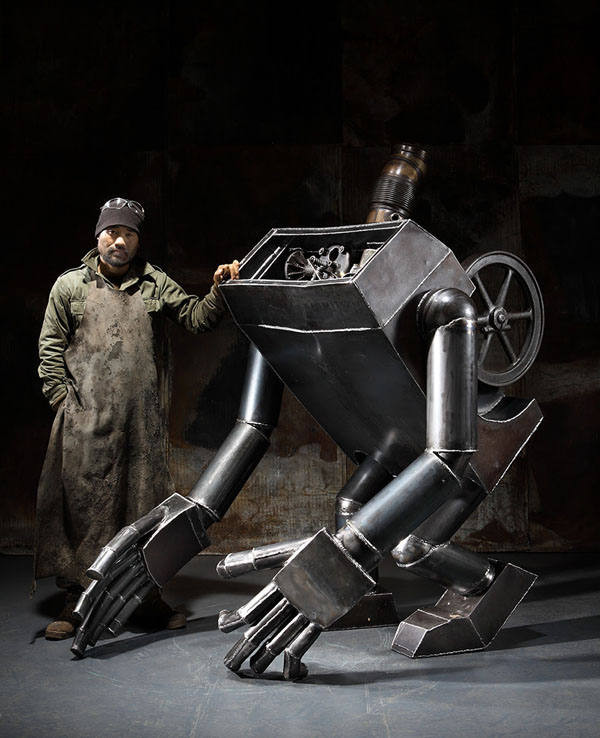
The Nature of Art
Presented by Coral Gallery
Booth 711
Presented by Coral Gallery
Booth 711
“A work of art encountered as a work of art is an experience, not a statement or an answer to a question. Art is not only about something; it is something. A work of art is a thing in the world, not just a text or commentary on the world.” — Susan Sontag, Against Interpretation —
The nature of art is a subject that has been debated for centuries and remains an enigma. The original split between nature and culture is the basic postulate that makes us human, but it is also what drives us to seek a connection with nature through art.
Artistic practices, like religious ones, are variations on an attempt to suture the gap between nature and culture, and Roberto Vivo’s work is an example of how art can be used to explore this relationship and find new ways of connecting with nature.
In his works, Roberto Vivo establishes a deliberate break with history, as he dispenses with references that date his view and restores forms to their primary and pristine character. In this way, he manages to reformulate the question about classical art or, better said, about what we call classical in art. That is to say, that enigmatic characteristic that transcends anchorage in an era and that continues to question where the conditions of existence that sustained the concretion and meaning of a work of art have disappeared. The action of time thus becomes superfluous in its cruel exercise of peremptory expiration over each period of life. And it forces us to think in terms of a method of interpretation that accounts for that zone of aesthetic perception that escapes the rhetorical webs of each present.
Vivo’s production evokes the boldness, and the formal and compositional freshness, of Henri Matisse’s famous cut-outs, for which the French artist cut out shapes from colored paper and arranged them on other sheets that he laid out in his studio. Characteristic of Matisse’s last creative stage, these collages composed of irregular and colorful cut-outs, similar to vegetal or floral motifs, resonate in Vivo’s works. But, in Vivo’s case, he carries them to three-dimensionality, dynamizing the forms and rendering them corporeal.
Inquiring into the essential elements that nature and art share is at the core of Vivo’s research. Form, color, volume and texture come into play in the spatiotemporal dimensions in which his works unfold. The artist appears to hide the coordinates that give rise to his designs, at times organic, at times fantastic. We observe them in a here and now, as a snapshot event that might continue to develop and grow in our absence.
In a gesture of apparent innocence, of attachment to the playful possibilities of creation, Roberto Vivo deliberately strips his works of the urgency of context, of reference and of historicity, thus offering the viewer the opportunity to approach the game of sensitive contemplation and experience without prejudice.
The nature of art is a subject that has been debated for centuries and remains an enigma. The original split between nature and culture is the basic postulate that makes us human, but it is also what drives us to seek a connection with nature through art.
Artistic practices, like religious ones, are variations on an attempt to suture the gap between nature and culture, and Roberto Vivo’s work is an example of how art can be used to explore this relationship and find new ways of connecting with nature.
In his works, Roberto Vivo establishes a deliberate break with history, as he dispenses with references that date his view and restores forms to their primary and pristine character. In this way, he manages to reformulate the question about classical art or, better said, about what we call classical in art. That is to say, that enigmatic characteristic that transcends anchorage in an era and that continues to question where the conditions of existence that sustained the concretion and meaning of a work of art have disappeared. The action of time thus becomes superfluous in its cruel exercise of peremptory expiration over each period of life. And it forces us to think in terms of a method of interpretation that accounts for that zone of aesthetic perception that escapes the rhetorical webs of each present.
Vivo’s production evokes the boldness, and the formal and compositional freshness, of Henri Matisse’s famous cut-outs, for which the French artist cut out shapes from colored paper and arranged them on other sheets that he laid out in his studio. Characteristic of Matisse’s last creative stage, these collages composed of irregular and colorful cut-outs, similar to vegetal or floral motifs, resonate in Vivo’s works. But, in Vivo’s case, he carries them to three-dimensionality, dynamizing the forms and rendering them corporeal.
Inquiring into the essential elements that nature and art share is at the core of Vivo’s research. Form, color, volume and texture come into play in the spatiotemporal dimensions in which his works unfold. The artist appears to hide the coordinates that give rise to his designs, at times organic, at times fantastic. We observe them in a here and now, as a snapshot event that might continue to develop and grow in our absence.
In a gesture of apparent innocence, of attachment to the playful possibilities of creation, Roberto Vivo deliberately strips his works of the urgency of context, of reference and of historicity, thus offering the viewer the opportunity to approach the game of sensitive contemplation and experience without prejudice.
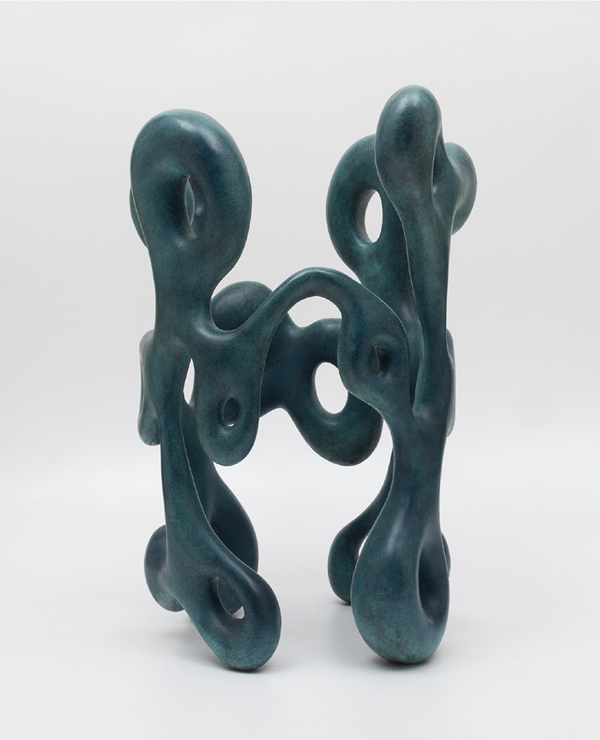
“She, Unbroken”
Presented by Snisarenko Gallery
Booth 406
Since the onset of the war in Ukraine in February 2022, Ukrainian women have endured unimaginable challenges, marked by displacement, mental health struggles, economic instability, and vulnerability to violence. Despite these profound hardships, their resilience and spirit have shone through in countless ways, not least through their art. The war has displaced millions of Ukrainian women and children, with 8 million refugees fleeing the country and an additional 6.5 million internally displaced within its borders. This upheaval has fractured communities and forced women to navigate unfamiliar landscapes while grappling with acute stress and trauma. Studies reveal staggering rates of mental health challenges, with nearly all war-displaced Ukrainians showing symptoms of Acute Stress Disorder, and 30% of the population estimated to suffer from PTSD.
The economic and social fabric of Ukrainian life has been deeply altered. With men conscripted for military service, women have stepped into traditionally male-dominated industries, such as mining and heavy labor, while also facing widespread unemployment and poverty. Meanwhile, reports of sexual violence and the harrowing conditions faced by expectant mothers—giving birth in bomb shelters and basements—paint a stark picture of resilience amid adversity.
“She, Unbroken” presents the powerful and intimate voices of Ukrainian-born women artists who have endured the ravages of war and its indelible impact on identity, body, and spirit. The exhibition explores themes of displacement, reinvention, and transformation, delving into the ways conflict reshapes identity and creative expression. Each artist contributes a profound narrative, blending memory and survival in a tapestry of resilience and reinvention. This collection serves as a tribute to their unyielding strength and creativity—a testament to the enduring human spirit.
The exhibition invites viewers to reflect on the quiet strength of women navigating the aftermath of war, with works by Inna Kharchuk, Anna Veriki, Iryna Maksymova and Liza Zhdanova.
The economic and social fabric of Ukrainian life has been deeply altered. With men conscripted for military service, women have stepped into traditionally male-dominated industries, such as mining and heavy labor, while also facing widespread unemployment and poverty. Meanwhile, reports of sexual violence and the harrowing conditions faced by expectant mothers—giving birth in bomb shelters and basements—paint a stark picture of resilience amid adversity.
“She, Unbroken” presents the powerful and intimate voices of Ukrainian-born women artists who have endured the ravages of war and its indelible impact on identity, body, and spirit. The exhibition explores themes of displacement, reinvention, and transformation, delving into the ways conflict reshapes identity and creative expression. Each artist contributes a profound narrative, blending memory and survival in a tapestry of resilience and reinvention. This collection serves as a tribute to their unyielding strength and creativity—a testament to the enduring human spirit.
The exhibition invites viewers to reflect on the quiet strength of women navigating the aftermath of war, with works by Inna Kharchuk, Anna Veriki, Iryna Maksymova and Liza Zhdanova.
